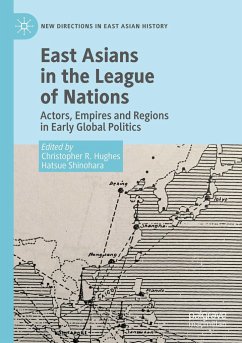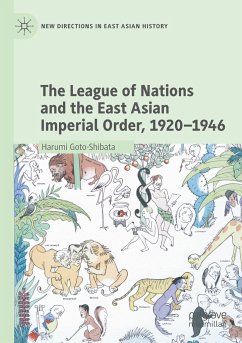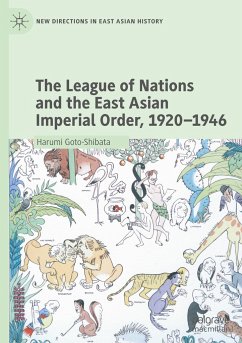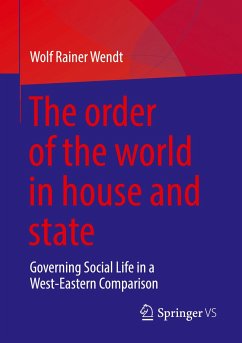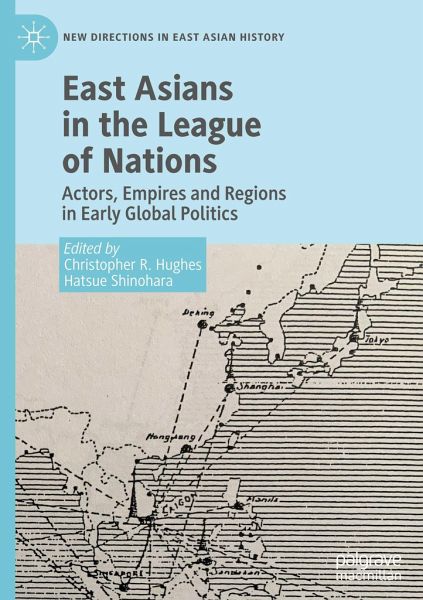
East Asians in the League of Nations
Actors, Empires and Regions in Early Global Politics
Herausgegeben: Hughes, Christopher R.; Shinohara, Hatsue

PAYBACK Punkte
53 °P sammeln!
This book looks at East Asian actors in the League of Nations to explore a pivotal moment in the early stage of the development of global international relations. It breaks new ground by drawing on extensive sources in East Asian languages to show how actors from the region played significant roles in shaping the emerging norms and practices that underpin the international system. The chapters cover cases from the three East Asian member states, namely China, Japan and Siam (Thailand) to address topics that involve the intersection of disciplinary fields, such as law and warfare, sovereignty a...
This book looks at East Asian actors in the League of Nations to explore a pivotal moment in the early stage of the development of global international relations. It breaks new ground by drawing on extensive sources in East Asian languages to show how actors from the region played significant roles in shaping the emerging norms and practices that underpin the international system. The chapters cover cases from the three East Asian member states, namely China, Japan and Siam (Thailand) to address topics that involve the intersection of disciplinary fields, such as law and warfare, sovereignty and international organization, and public health and international co-operation. The research draws on new material that will be of interest to academic researchers and is presented in a style suitable for teaching at undergraduate and graduate levels, especially for courses that strive to achieve a global outlook and the decolonization of the curriculum.





